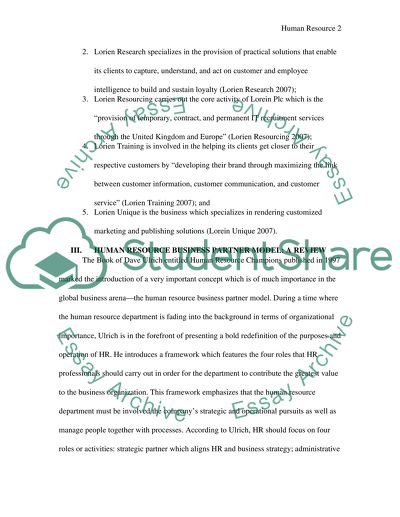Cite this document
(“Human Resource Business Partner Model in APA Style Book Report/Review”, n.d.)
Retrieved from https://studentshare.org/human-resources/1519708-human-resource-business-partner-model-in-apa-style
Retrieved from https://studentshare.org/human-resources/1519708-human-resource-business-partner-model-in-apa-style
(Human Resource Business Partner Model in APA Style Book Report/Review)
https://studentshare.org/human-resources/1519708-human-resource-business-partner-model-in-apa-style.
https://studentshare.org/human-resources/1519708-human-resource-business-partner-model-in-apa-style.
“Human Resource Business Partner Model in APA Style Book Report/Review”, n.d. https://studentshare.org/human-resources/1519708-human-resource-business-partner-model-in-apa-style.


